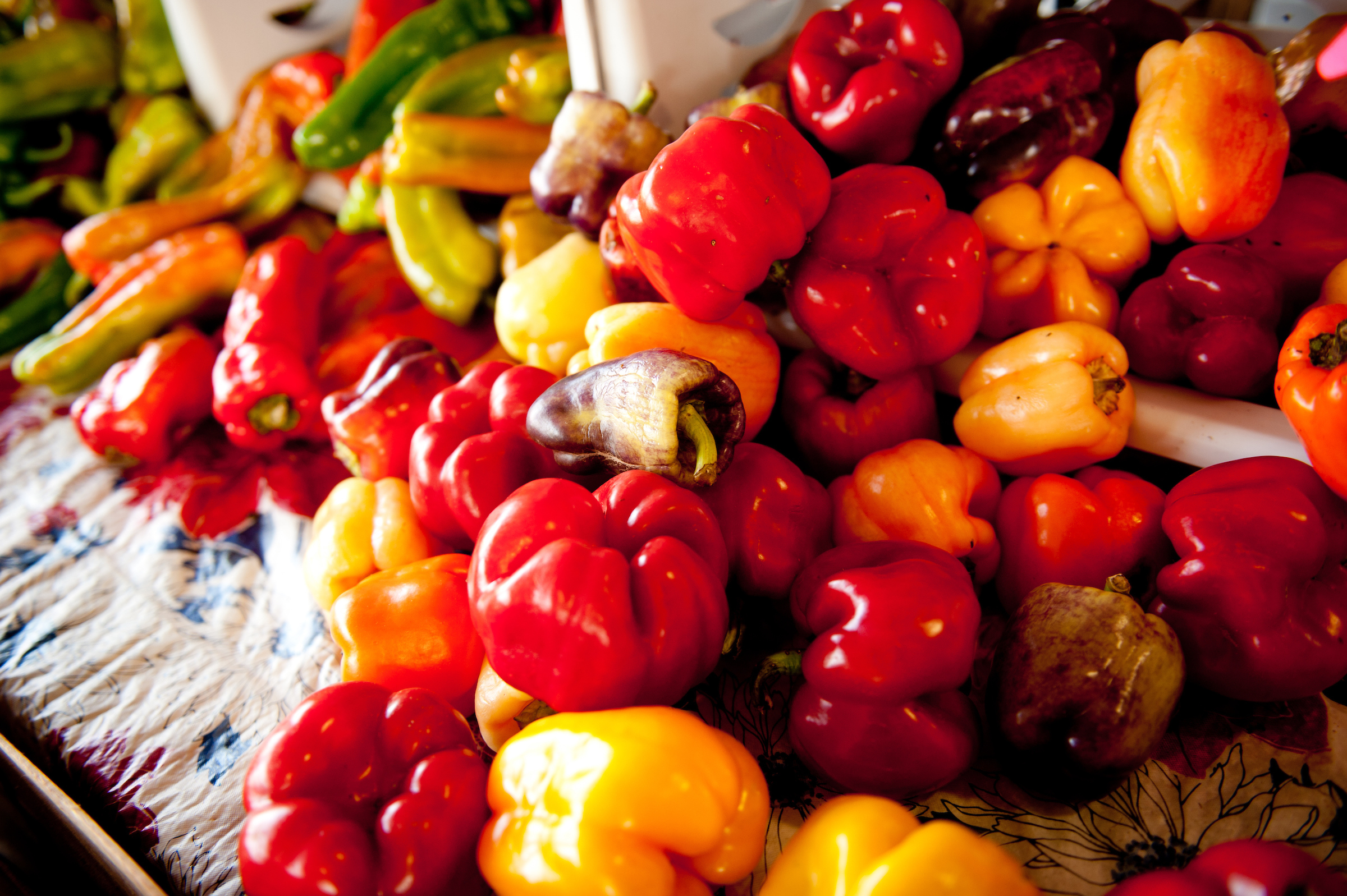Basics for Growing Peppers
go.ncsu.edu/readext?678835
en Español / em Português
El inglés es el idioma de control de esta página. En la medida en que haya algún conflicto entre la traducción al inglés y la traducción, el inglés prevalece.
Al hacer clic en el enlace de traducción se activa un servicio de traducción gratuito para convertir la página al español. Al igual que con cualquier traducción por Internet, la conversión no es sensible al contexto y puede que no traduzca el texto en su significado original. NC State Extension no garantiza la exactitud del texto traducido. Por favor, tenga en cuenta que algunas aplicaciones y/o servicios pueden no funcionar como se espera cuando se traducen.
Português
Inglês é o idioma de controle desta página. Na medida que haja algum conflito entre o texto original em Inglês e a tradução, o Inglês prevalece.
Ao clicar no link de tradução, um serviço gratuito de tradução será ativado para converter a página para o Português. Como em qualquer tradução pela internet, a conversão não é sensivel ao contexto e pode não ocorrer a tradução para o significado orginal. O serviço de Extensão da Carolina do Norte (NC State Extension) não garante a exatidão do texto traduzido. Por favor, observe que algumas funções ou serviços podem não funcionar como esperado após a tradução.
English
English is the controlling language of this page. To the extent there is any conflict between the English text and the translation, English controls.
Clicking on the translation link activates a free translation service to convert the page to Spanish. As with any Internet translation, the conversion is not context-sensitive and may not translate the text to its original meaning. NC State Extension does not guarantee the accuracy of the translated text. Please note that some applications and/or services may not function as expected when translated.
Collapse ▲Bell, pimento, jalapeño, chili, sweet banana, cayenne – these are just a few of the many peppers you might choose to grow in your garden.
Peppers are warm-season annuals that grow best at temperatures of 70-85° during the day and 60-70° during the night. They generally require a long growing season and grow very slowly during cool periods. So, the time for planting is after the soil has warmed to 65° or more (usually when all of the dogwood blossoms have dropped in early May.
In the garden, peppers should be spaced 12-24” apart in rows or blocks. If you have limited space, peppers can also be grown in containers, just make sure the container is an adequate size. The soil should be well-drained and have a pH of 5.8-6.5 for the best growth. Wait a few weeks to apply mulch in order to allow the soil to heat up.
Peppers require only moderate amounts of fertilizer. Use a starter fertilizer solution at planting. Side-dress sparingly after the first fruit are about the size of a dime. Too much nitrogen before fruit set causes all foliage and no fruit. After fruit set, fertilize regularly using a complete fertilizer such as 10-10-10. You may want to use stakes or cages to support varieties with large fruit to keep them from falling over.
Irrigate to provide a uniform moisture supply to the crop. Apply enough water to moisten the soil to a depth of at least 6”. The most important time for adequate moisture is during fruit set and fruit development. Mulching can help to provide uniform moisture, conserve water and reduce weeds.
Common problems you may encounter when growing peppers include blossom end rot, blossom drop, bacterial wilt, bacterial leaf spot as well as European corn borer, corn earworms, and armyworms. Don’t let this discourage you. Keep your soil and plants healthy and problems will be reduced.
Although many peppers are eaten when they are green, allowing them to ripen or change color to red, yellow, orange, or chocolate increases their flavor and nearly doubles the vitamin C content. Peppers should be harvested as soon as they change color. Store them in the refrigerator at a temperature of 45-50° and 80-90% humidity for two to three weeks.
Enjoy the fruits of your labor!





